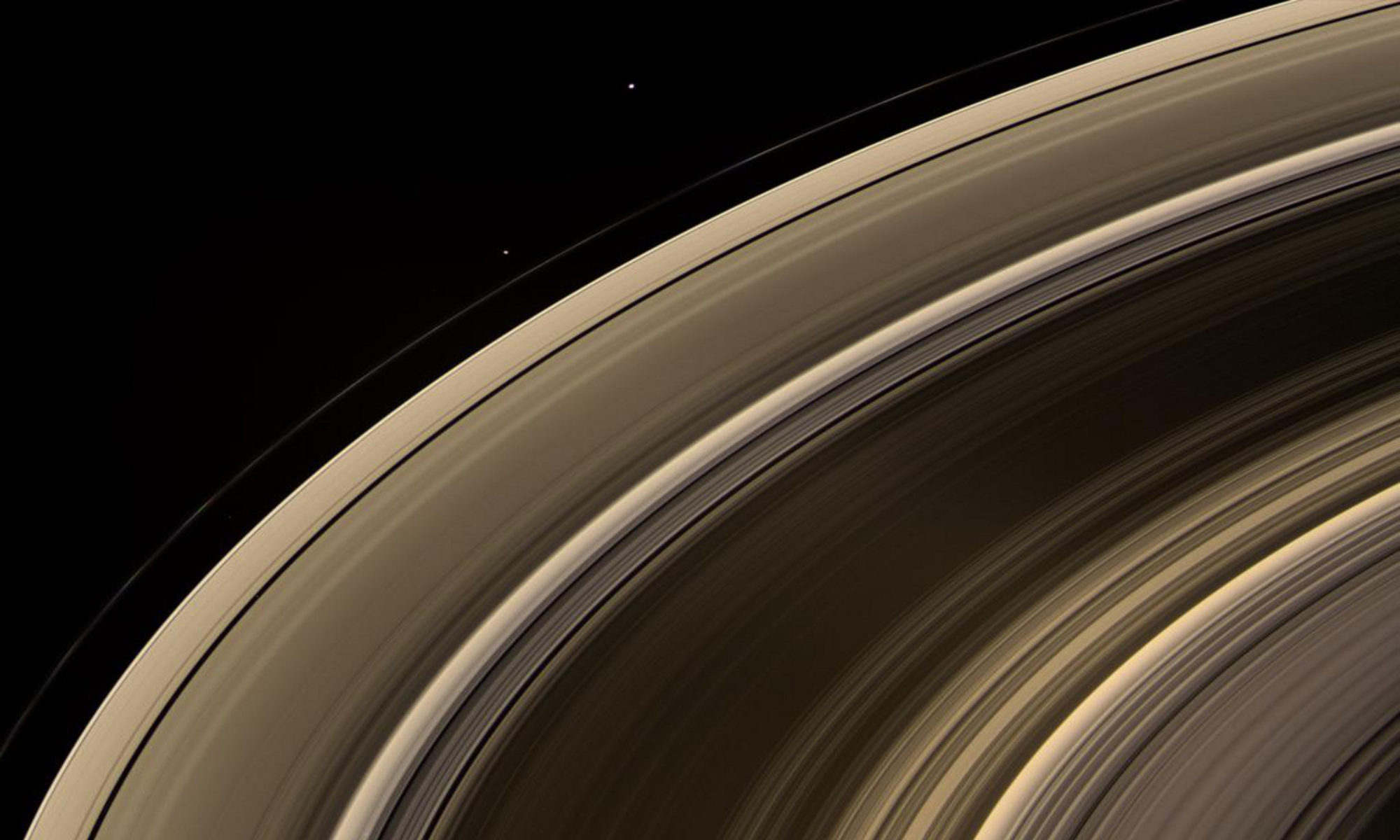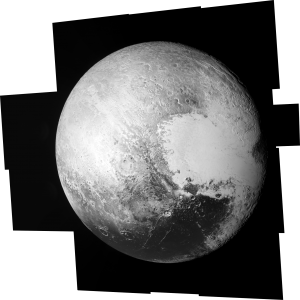 Today was my first experience presenting at a scientific poster session. I’ve attended many of these in the past, but have never had the pleasure myself. I have to say, it was a truly rewarding experience, and I feel honored to present along side colleagues and friends.
Today was my first experience presenting at a scientific poster session. I’ve attended many of these in the past, but have never had the pleasure myself. I have to say, it was a truly rewarding experience, and I feel honored to present along side colleagues and friends.
For the uninitiated, a poster presentation session is a way to share current research in a public forum and to promote discussion about said research in an open and accessible way. Each presenter brings a poster which summarizes their research with relevant plots and equations which they will use to highlight their work. This particular conference has a massive conference room with hundreds of posters being presented. Presenters stand by their posters and converse with conference attendees about their research. Attendees are free to wander about to investigate the posters that interest them the most. This creates a forum which facilitates scientific discussions, and is also an opportunity to network with colleagues and other interested parties.
As I mentioned this was surprisingly my first time presenting at one of these. I’ve published work on planetary rings in the past in the journal Icarus, but presenting in this format was a first for me. The work I presented today was an update to my prior work.
I thought for this blog-post, I would go over the general ideas that I presented today (don’t worry, I won’t get too into-the-weeds).
The question that my coauthor and I are attempting to investigate is that of the age of Saturn’s rings. Some controversy exists as to the age of the rings. Namely: How old are Saturn’s rings? One leading theory suggests that the rings may have been created by the destruction of a small moon (queue the Star Wars quotes now…). A moon can be destroyed if it enters the zone close to its planet, in this case Saturn, referred to as the Roche Limit. Inside this boundary, the tidal forces generated by Saturn’s gravity acting on the moon will rip the moon apart. This is certainly one possibility. However, Saturn’s rings may also be primordial, or left over from the formation of the solar system. Indeed in many ways, Saturn and it’s rings and system of moons, is very much like a small solar system. Our work shows that it is possible that the rings may in fact be as old (or nearly as old) as the solar system itself, or about 4.6 billion years old.
We arrive at this conclusion by creating a computer simulation of the ring system, which calculates the composition of the rings over time. The composition of the rings change over long time scales because they are constantly bombarded by small micro-metoroids, which then combine with the rings. The rings are known to be almost entirely (more than 90%) water ice (H2O). So over time, as meteoritic material is added to the rings, it changes the color of the material that we observe, to a reddish or yellowish hue. It also affects other wavelengths of light, such as ultra-violet light, and infra-red light. The Cassini spacecraft has very sophisticated light sensors on board, called spectrometers, capable of examining the different wavelengths (or colors) of light reflected off the rings in great detail. In particular, we looked at data from the UVIS instrument on board Cassini, which measures the ultra-violet spectrum of the rings.
So, what does color have to do with the age of the rings?
Our computer simulation models impacts by these meteoroids over time, giving us a snapshot of how the ultra-violet spectrum (think color) of the rings should change over time. We then attempt to match that up with the real data from UVIS to see at what time during our simulation does the color match what is actually observed now by Cassini. This gives us the length of time that it took to make the rings look the way that they do now. That length of time is effectively the approximate age of the rings.
We are still working out the details of our model, but the initial results are very interesting. Our model shows that the rings could in fact be quite old, and may not simply be a transient, or temporary, feature. The question is not settled yet, and there is still a lot of debate about this particular topic.
This also relates to the mass of the rings, which is also an open question. If, for example, the rings are very massive (think heavy), then they could absorb more meteoritic material before changing their spectra (color), which would result in an old ring system (4 billion years for example). If on the other hand, the rings are not so massive (think light), then they should become “polluted” much faster, which would imply a young-ring system (much less than 4 billion years).
We will know for sure in 2017 when Cassini dives between the rings and the planet! That will be truly exciting and should settle this debate. In the mean time, I’ll keep plugging away at this model to see if I can predict what Cassini will find. That, perhaps, is what makes this so exciting!
I will post more tomorrow. I promise, more on Pluto! There were a lot of highly interesting findings on Pluto over the past few days. But for tonight, I need to get to sleep so I’m fresh for the next day of the conference. I’ll also try to report a little on Ceres, which is also an exciting object. I missed the session on Ceres today unfortunately, so I may have to poke around a bit to get the details.
-Josh




